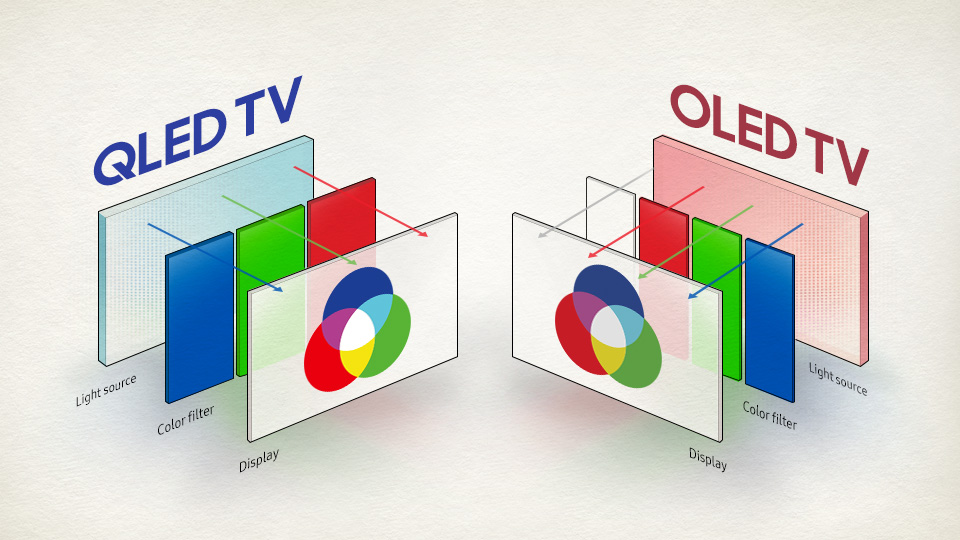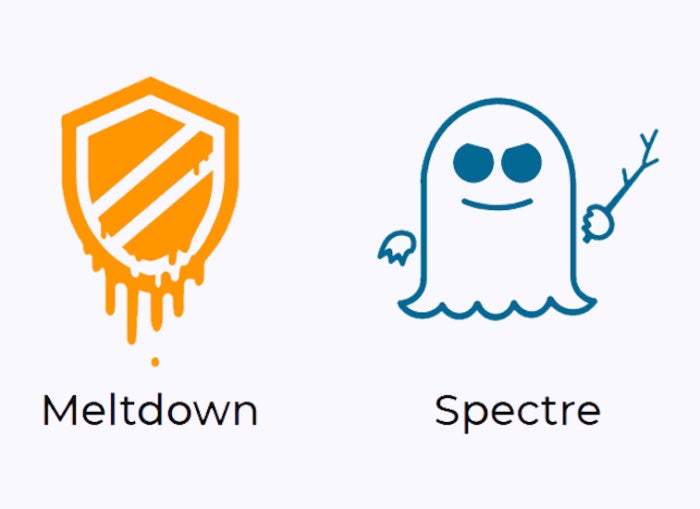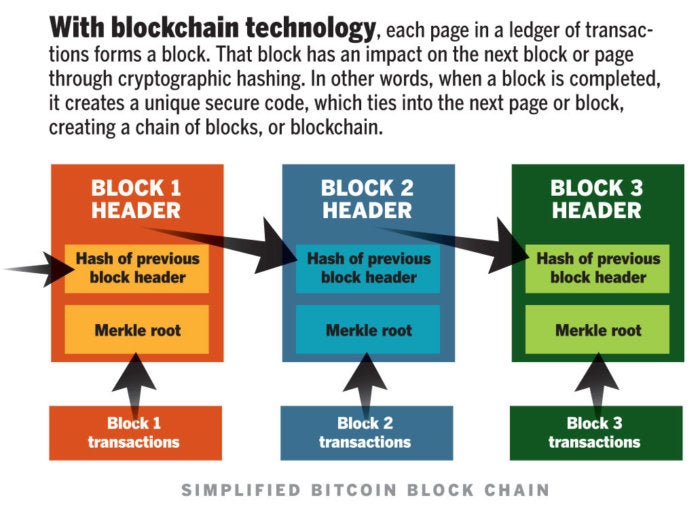
WhatsApp, one of the most popular messaging apps in the world, announced a new product on top of their personal messaging platform. They introduced WhatsApp for business that integrates to the company’s network. For many Americans, WhatsApp is unknown or just not something they can use, but for the rest of the world, it is one of the major communication applications.
WhatsApp is so popular in rest of the world because in many countries, there are pay per text and minutes plans. WhatsApp is a cheap one-year subscription that gives unlimited texting, calling, and voice calling over data. As long as there is Wi-Fi or the internet, people can communicate. It is normal for us in the USA to have a flat rate for unlimited texting and callings, so we don’t realize how this matter. Communication is the way to make money, organize events, connect with family and friends, so it essential that people have affordable access.
From my personal experience in India, I can say that phone plans are expensive for the average person in the country. It might not be as bad for upper- middle class and rich but most of the population that don’t fit into those class, can’t afford it. Wi-Fi, on the other hand, is much more cheaper and readily available. Nearly all major stores, and restaurants and public areas offer some connection, even if it is slow by American standards. Expanding on the slow networks, WhatsApp does a really good job of minimizing the digital footprint so it can be used on very slow connections.
WhatsApp Business is really a new way to connect and do business. The app basically offers business tools at an affordable price. It sets up a virtual market place for the company and allows them to automate, advertise, and bring in customers. With a billion-active user daily, the platform allows business to reach out to that worldwide pool.
I think this an amazing product that really focuses on why people use WhatsApp and what the user might want. Many people don’t have access to fast connections but WhatsApp platform can perform well is slow speed, it allows customers from all over the world to be able to contact a business. This also allows new business to come form places that can’t afford a full website and tools. Understanding HCI, WhatsApp has created something that will help many people.
Businesstoday.in. (2018). WhatsApp Business: How normal users will be affected. [online] Available at: https://www.businesstoday.in/technology/news/how-to-use-whatsapp-business-normal-users/story/268393.html [Accessed 10 Feb. 2018].
Picture: http://www.hrtricks.ga/whatsapp-business/






 Have you ever thought of a question and google couldn’t find the perfect answer for you? In the near future, we could expect search engines to give an answer straight away rather than giving you possible links. Companies like Alibaba and Microsoft are racing to create a powerful AI, one that could do things that only thought possible for a human being to do, thinking, comprehending and actively responding. In this article we will take a look at how it might impact our society.
Have you ever thought of a question and google couldn’t find the perfect answer for you? In the near future, we could expect search engines to give an answer straight away rather than giving you possible links. Companies like Alibaba and Microsoft are racing to create a powerful AI, one that could do things that only thought possible for a human being to do, thinking, comprehending and actively responding. In this article we will take a look at how it might impact our society. 